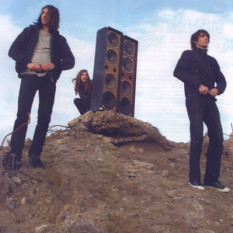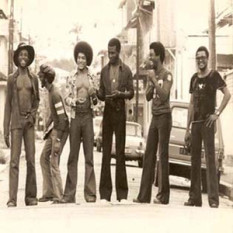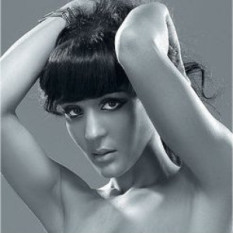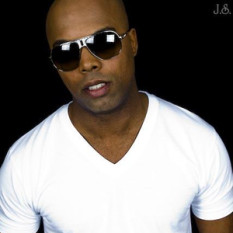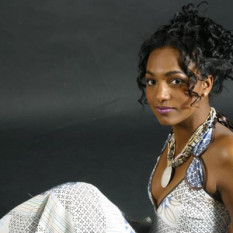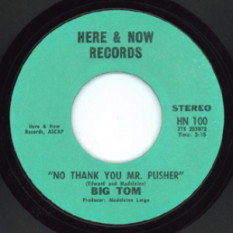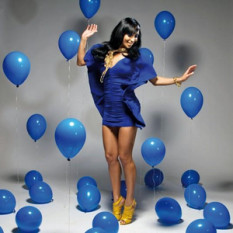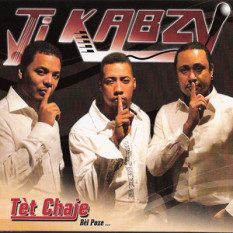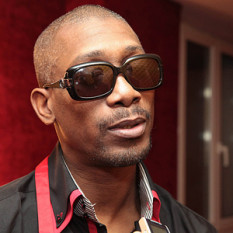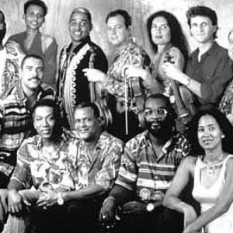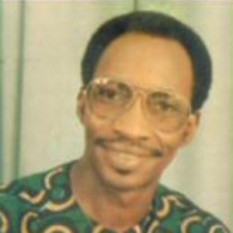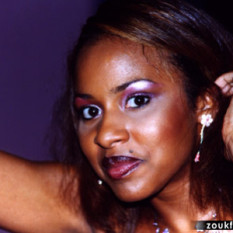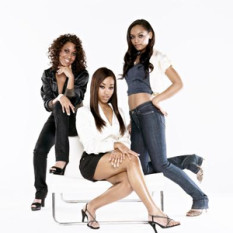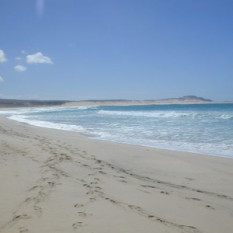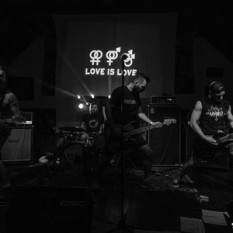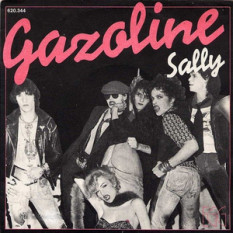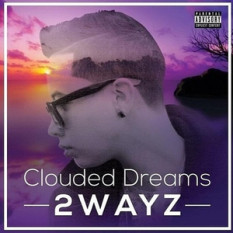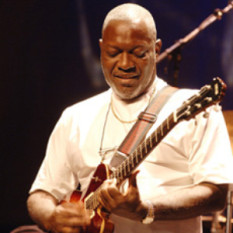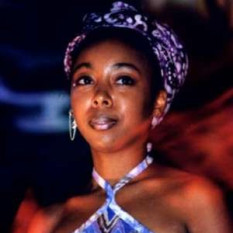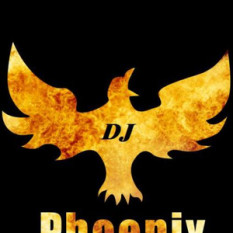Zouk (or Zouk béton) is a fast jump up carnival beat style of rhythmic music originating from the Caribbean islands of Guadeloupe and Martinique, popularized by the French Antilles Kassav' in the 1980s.
Elements of gwo ka, tambour bélé, ti bwa and biguine vide, including the full use of the MIDI technology, are prominent in zouk. Its originator French Antilles Kassav' is the only band that includes it in its repertoire to a lesser extent. Too fast, the style lost ground in the 80's due to the strong presence of kadans or compas music, the main music of the French Antilles. Today, zouk is the French Antilles compas music, also called zouk love.
Music authors Charles De Ledesma and Gene Scaramuzzo trace zouk's development to the Guadeloupean gwo ka and Martinican bèlè (tambour and ti bwa) folk traditions. Ethnomusicologist Jocelyn Guilbault, however, describes zouk as a synthesis of Caribbean popular styles, especially Dominica cadence-lypso, Haitian compas, Guadeloupean biguine. Zouk arose in the late 1970s and early 1980s, using elements of previous styles of Antillean music, as well as imported genres.
Zouk béton was a brief experiment; an attempt to develop a proper local music that would lessen or even eradicate the méringue-kadans or compas influence from the French Antilles. When the MIDI technology came out, Kassav' used it fully creating new sound in both their fast zouk béton and konpa. The Antilleans were all over with zouk, but as other bands from the Caribbean and Africa added the MIDI technology to their music people got use to it. Because it was a jump up beat the fast zouk béton faded away; and, confounding sound and style, Antilleans would continue to play and dance méringue-cadence or konpa. After all French Antilleans and Dominicans are important players of the méringue-compas or cadence style. However, the problem is the fact that musicians from Martinique and Guadeloupe have wrongly labeled compas music as zouk; creating a big confusion in Africa, Cabo Verde, Angola, Brazil, Portugal and other places. French Antilles Kassav', the originator of the zouk béton is a superb compas music band that has taken konpa to many places.
In 1978, Pierre Edouard Decimus relocated in Paris after a successful career in the French Antilles. Pierre Edouard Decimus was on the verge of retirement from the music business until he and his brother Georges Decimus met fellow Guadeloupean Jacob Desvarieux, a popular guitarist/songwriter known in Paris as a studio wizard. The idea was to make an internationalized Tabou Combo. The surroundings of the Paris music recording technology gave him the idea of making "just one more record". Subsequently, Pierre Edouard Decimus, his brother, and Jacob Desvarieux pulled together a team of Paris-based Antilles musicians and created a compas music group named Kassav.
Kassav' was formed in 1979 by Pierre-Edouard Décimus (former musicians from the Les Vikings de Guadeloupe) and Paris studio musician Jacob F. Desvarieux. Together and under the influence of well-known Dominican, Haitian and Guadeloupean kadans or compas bands like Experience 7, Grammacks, Exile One, Tabou combo, Les Freres Dejean, Zekle, etc. the band continued to grow as a solid compas band. kassav' created a style "zouk" by experimenting an eleven-piece gwo ka unit and two lead singers, tambour bélé, ti bwa, a steady monotonous bass with full use of the MIDI technology.
The original Kassav' was all Guadeloupean but was later joined by Martiniquans Jean-Claude Naimro, Claude Vamur, Jean-Phillipe Marthely, Jocelyne Béroard and Guadeloupean Patrick St-Eloi. In the 1980s they took Caribbean music to another level by recording in the new digital format. Kassav wich created the fast carnival jump up music "zouk" style remains mostly a great compas music band.
They continued to grow more popular, both as a group and with several members' solo careers, finally peaking in 1984 with Yélélé, which featured the international hit "Zouk-la-sé Sel Médikaman Nou Ni". With this hit, zouk rapidly became the most widespread dance craze to hit Latin American in some time, and was wildly popular even as far afield as Europe and Asia. Zouk became known for wildly theatrical concerts featuring special effects spectacles, colorful costumes and outrageous antics.
The Guadeloupean gwo ka and Martinican bélé folk tradition is at the rhythmic heart of zouk rhythms; the bélé itself is a huge tambour drum that players ride as though it was a horse. In bélé, the cinquillo is beat out by the tibwa, but it translates very well to the chacha (a maracas) when the rhythms are applied for playing biguine music.
In zouk, the tibwa rhythm is often simplified to an almost-constant 3+3+2 motive and played with rim shots on the snare while the chacha or hi-hats play a tresillo-cinquillo style rhythm. Zouk as popularized by Kassav' is based on a consistent pulsating beat (tambour bélé and gwo ka), the "tibwa" rhythmic pattern played on the rim of the snare drum with the "chacha" or hi-hat, rhythmic guitar's, a full-horn section and Keyboard synthesizers.
The word zouk means "party" or "festival" in the local Antillean Creole of French, although the word originally referred to, and is still used to refer to, a popular dance, based on the Polish dance, the mazurka (mazouk), that was introduced to the French Caribbean in the 19th century.
Actually the Creole word zouke, sekwe, zouke, etc. from the French verb "secouer" meaning "shake intensely and repeatedly" was used by Haitian artists who toured the French Antilles during the late 1970s and 1980s. The dictionary Le Petit Robert gives the following definition of zouk: "Very rhythmic music and dance originating in the Lesser Antilles (Guadeloupe and Martinique) in 1980.
Zouk-love is the French Antilles cadence or compas music characterized by a slow, soft and sexual rhythm. The lyrics of the songs often speak of love and sentimental problems.
.

